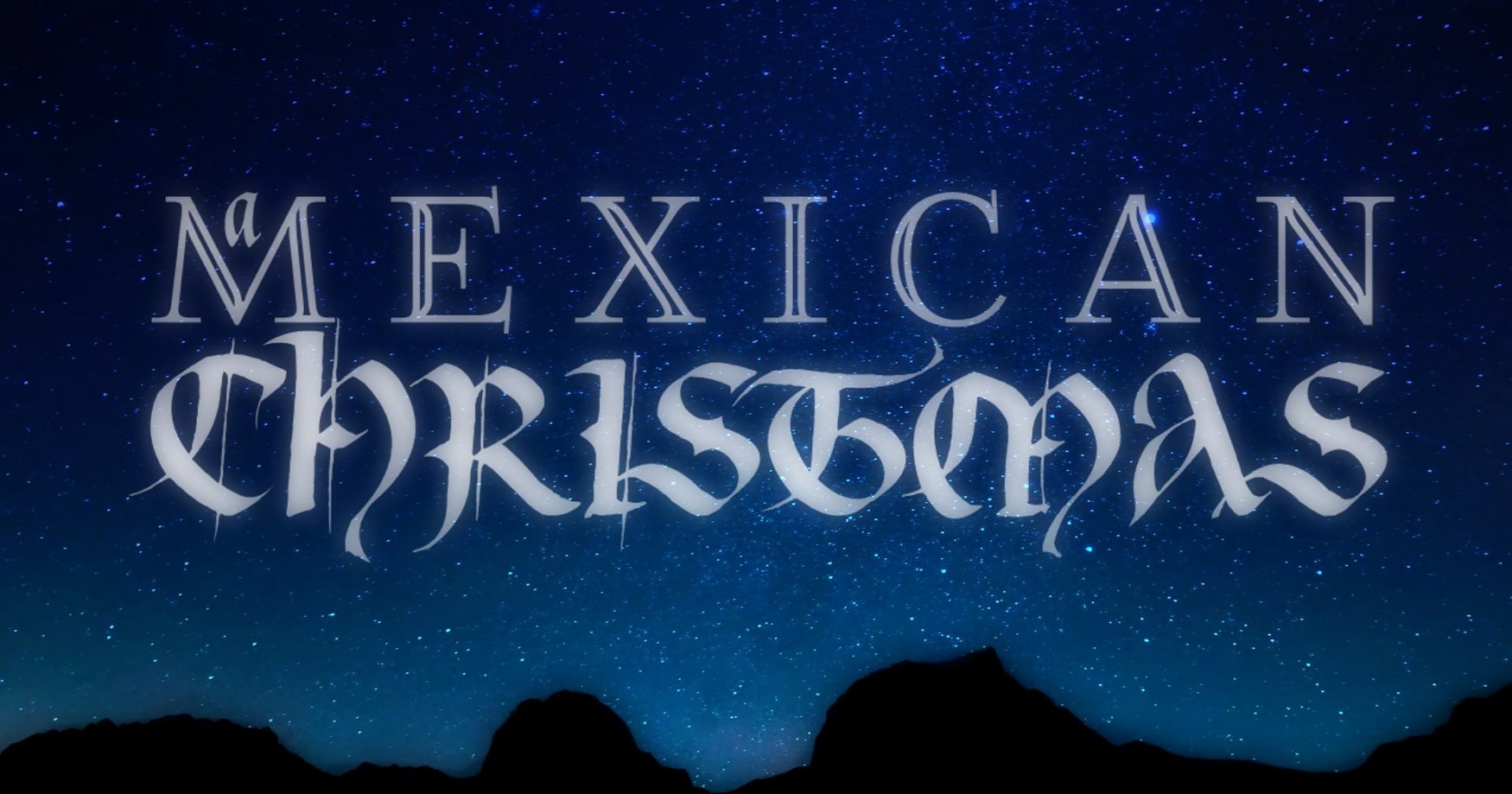
Join us this holiday season for the video premiere of The Newberry Consort’s 2019 concert, A Mexican Christmas, a celebration of the exuberant and diverse musical traditions of Mexico. Over thirty singers and instrumentalists from the all-women Convent Ensemble directed by Ellen Hargis, and EnsAmble Ad-Hoc, a group specializing in early Latin American and Spanish music led by Francy Acosta and José Luis Posada, will recreate the music that would have been heard in the plazas of Mexico City during the 17th century.

![]()
Program Notes
The inspiration for this program came some years ago, when the Consort was on tour in Durango, Mexico. It was a National holiday, and outdoors in the plaza in front of the church, traditional music was being performed by bands of musicians, electrically amplified to echo throughout the square. As a result, we too had to be amplified – and to our astonishment, the resulting aural salad of classical and traditional music seemed to delight rather than annoy our audience inside! Everywhere we went in Durango that weekend we heard a soundscape of varied music: radios blaring pop songs, people singing and playing traditional music outdoors and in, organ solos filling the vast space of the Cathedral.
This reminded us of the descriptions of 17th-century Mexican convents, with people gathering outside the cloister walls to hear the nuns so renowned for their musical gifts, and villancico bands, groups of traditional musicians with folk instruments, playing at the gate of the convent to celebrate the entrance of a novitiate about to leave the secular world to take the veil as a nun. For this, our second Mexican Christmas concert, we again recreate the contrasting grand solemnity in the cloister and festive atmosphere we imagine was enjoyed in the plaza outside the Convento de Nuestra Señora de la Encarnación in Mexico City.
Convent Ensemble – The Newberry Consort
Our convent ensemble offers a sampling of learned villancicos – those with texts suited to contemplation and often performed during a liturgical service. We have no surviving villancicos from the convent of the Encarnación, although we know through surviving records that they kept a robust selection in their library. We sing several that may have been known to the sisters.
We open with Padilla’s invitation to worship: Christus natus est nobis. With its plainsong alternating with noble polyphony, we are drawn into the miracle of Christmas and the comforting message of salvation. Qué música divina, invoking the lute and vihuela, praises music’s infinite power to astound and inspire, although it’s true essence can only be understood by the soul. In the end, it confounds our minds as it makes us swoon with its beauty.
Voces, las de la capilla celebrates Christ as the Word of God made flesh, but as an inarticulate infant, his cries create a kind of music. The text also makes musical puns on syllables that mimic solfege; “la”, “mi”, and “re” are on their corresponding pitches. In the section mentioning “the thirty-three” (Christ’s age at crucifixion), there are 33 notes in the original notation, and on the word “cuenta”, from the verb “to count”, Chorus II has a long passage of silence where they must count rests. This highly inventive and intellectual composition demonstrates the fantastic range of poetry and music that make up this singular genre.
Suspended, cielos is an invocation to “suspend this imperfect music” and listen to the harmony produced by the baby Jesus’ cries, compared here to the sound of plainchant (canto llano). Rich in symbolism, this complex text describes instruments, musical figures, and antiphonal polyphony as the means to understanding the mysteries of faith.
– Ellen Hargis (with thanks to Andrew Cashner)
Villancio Ensemble – EnsAmble Ad-Hoc
Our villancico band contributes a good number of villancicos that reflect the blend of Spanish and African elements during Colonial times in Mexico. The guineo, a word used in this context in connection to Africa, its people, and their way of speaking, is a constant throughout the villancico band offerings. The complete body of pieces we offer contain references to dances, instruments, and costumes, which attest to their celebratory character. They are preserved in the Mexican archives and are the kind of pieces that would have certainly been heard in the Mexico City streets during the 17th century.
Andrés ¿Do queda el ganado?, a guineo by Gaspar Fernández, opens with a dialogue in which a shepherd called Andrés tries to explain why he lost the cattle. Dialogue, a theatrical feature, was often used in villancicos, probably as an entertaining element. A prolific composer, Fernández worked for twenty-three years as chapel master of the Puebla Cathedral in the early 17th century. Serenísima una noche is identified as a baile by its composer, the Iberian Fray Jerónimo González. The word baile, rather than danza for “dance” suggests a popular character. The first section, a romance (ballad), depicts a story by the manger; the second part, the baile proper, is indicated to be played very fast, almost “like flying” (muy volado.)
Al establo más dichoso, by Juan Gutiérrez de Padilla, is an ensaladilla (little salad) with several sections that feature different characters, from shepherds to a mule skinner, African people, and even angels who join them in singing “Glory in the Highest” in Spanish. Padilla, who succeeded Fernández at the Puebla Cathedral, has been recognized as one of the most important composers of New Spain.
Si al nacer, o miniño, also by de Padilla, is set in the Galician language. Its contemplative tone is underlined by the use of a small ensemble joined only at the end by the choir in a delicate, yet rhythmic, response. With Dame albriçia, mano Antón we return to a dialogue between African characters, celebrating the news that Jesus was born in Guinea.
Our two ensembles join to close our program with Convidando está la noche by the Mexican-born composer Juan García de Zéspedes. He joined the Puebla Cathedral as a choirboy and was then promoted through different positions until he succeeded de Padilla as Chapel Master in the late 17th century. The Convent and Villancico ensembles join forces for this piece, whose sections are labeled by the composer as juguete (toy) and guaracha. The former, with a straightforward homophonic texture, sets the tone for the lively guaracha, a term used nowadays to identify a popular Latin American upbeat dance.
While voices in the convent and in the street both contribute to these villancicos, instruments were an important part of the aural tapestry. The “nuns” are accompanied by organ, harp, bajón (bassoon) and harp. The “villanciqueros’” offerings feature instruments played in Mexican traditional music, including the jawbone as well several descendants of the Spanish guitar, including jaranas (jaranas mosquito & tercera), requinto, huapanguera guitar, and leona.
– Francy Acosta and José Luis Posada
About

Don’t Miss A Beat
The data submitted through this form will be processed and stored in accordance with our Privacy Policy.

